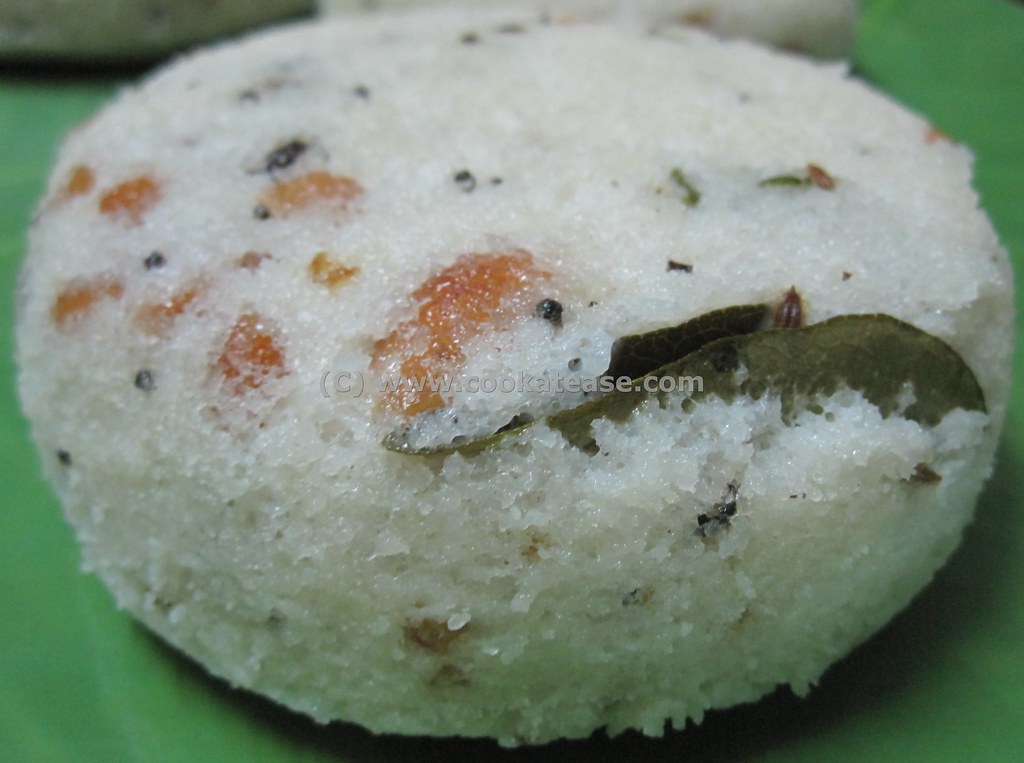Idli is a traditional breakfast in South Indian households. Idli is a savoury cake that is popular throughout India and neighbouring countries like Sri Lanka. The cakes are usually four to five inches in diameter and are made by steaming a batter consisting of fermented black lentils (de-husked) and rice. The fermentation process breaks down the starches so that they are more readily metabolized by the body.
It’s nutritious and it’s steamed – making it absolutely safe even in the dingiest highway restaurant.
It also comes with markedly different flavours depending on which part of Tamil Nadu, Karnataka or Kerala you’re at.
Let us look at the different types of Idli
1. The ‘grainy’ Udupi idli:
In Bengaluru and Chennai’s traditional Udupi restaurants like serve this dish.
2. Chettinad idli-Khushboo Idly.
It's very soft and fluffy because the batter is ground to an extra fine consistency while some chefs also use a 4:1 (rice : urad dal) mix.
Murugan Idli Kadai (originally from Madurai) have made this version of idli extremely popular.
3. Kancheepuram Idli:
We can trace its origins in the Vardarajaswamy temple in this legendary temple town where it is still the ‘temple prasad’. This coarse idli uses a 2:1 (rice:urad dal mix) and used to be traditionally cooked in large vessels (and not idli moulds) and then sliced.

The batter is stored overnight and then blended with ghee, cashew, Bengal gram, jeera, curry leaves, ginger powder and peppercorns before being steamed. This flavour some idli doesn’t really need any accompaniment.
4. Rava Idli:
Most people will argue that the Rava Idli doesn’t really qualify as an idli except for its shape. The batter (Rava mixed with curd) doesn’t require fermentation – in fact it needs to be cooked immediately, and it tastes very different from the conventional idli.
Bangloreans used to queue up for MTR Rava Idlis for decades. Now you can try their instant Rava Idli mix.
5.Oats Idli
A fine example of how low calorie food can taste exquisite, oats idli made from powdered oats and carrots are ideal for those trying to cut the carbohydrates. A fine example of how low calorie food can taste exquisite, oats idli made from powdered oats and carrots are ideal for those trying to cut the carbohydrates
6. Kadubbu or Moode:
These cylindrical idlis are quite common place in and around Udupi. From Kadubbu to Moode (or Mude) to Gunda the locals use quite a few terms to describe this uniquely shaped idli.
These cylindrical idlis are quite common place in and around Udupi. From Kadubbu to Moode (or Mude) to Gunda the locals use quite a few terms to describe this uniquely shaped idli.
It’s the same batter cooked in a different mould. The conical moulds are crafted almost artistically with jackfruit leaves. The leaves add a subtle flavour to the idli.
7. Ramasseri Idli:
These flat, super soft idlis are almost the size of a small dosa and are prepared in specially designed mud pots that are mounted one on top of the other (typically three to five in a row)
8. Thatte Idli:
If you’re ever driving from Bengaluru to Mysuru, do make a pit stop at Bidadi that has acquired quite a reputation for its unique version of the idli – Thatte Idli. As the name suggests these Idlis are steamed in plates (in regular steamers) and are usually served tarkari(vegetable) saagu.
If you’re ever driving from Bengaluru to Mysuru, do make a pit stop at Bidadi that has acquired quite a reputation for its unique version of the idli – Thatte Idli. As the name suggests these Idlis are steamed in plates (in regular steamers) and are usually served tarkari(vegetable) saagu.
9. Bite-Sized ‘Mini’ Idlis:
Investing in an extra idli mould to make coin-sized idlis gives you quite a few snack options. These small cocktail idlis can be tossed with idli powder and curry leaves or deep fried and tossed in a spice mix. You could also dunk them in a bowl of sambhar.
A lovely version from Udupi, stuffed idlis make a light yet filling fit. Stuffed with dal, nuts and vegetables.